
下载亿题库APP
联系电话:400-660-1360

下载亿题库APP
联系电话:400-660-1360

请谨慎保管和记忆你的密码,以免泄露和丢失

请谨慎保管和记忆你的密码,以免泄露和丢失

小伙伴们,雅思考试大家复习的怎么样了呢?下面是帮考网分享的一些雅思考试阅读部分的复习资料,一起来看看吧!
文章:Can Scientists tell us: What happiness is?
A
Economists accept that if people describe themselves as happy, then they are happy. However, psychologists differentiate between levels of happiness. The most immediate type involves a feeling; pleasure or joy. But sometimes happiness is a judgment that life is satisfying, and does not imply an emotional state. Esteemed psychologist Martin Seligman has spearheaded an effort to study the science of happiness. The bad news is that we\'re not wired to be happy. The good news is that we can do something about it. Since its origins in a Leipzig laboratory 130 years ago, psychology has had little to say about goodness and contentment. Mostly psychologists have concerned themselves with weakness and misery. There are libraries full of theories about why we get sad, worried, and angry. It hasn\'t been respectable science to study what happens when lives go well. Positive experiences, such as joy, kindness, altruism and heroism, have mainly been ignored. For every 100 psychology papers dealing with anxiety or depression, only one concerns a positive trait.
B
A few pioneers in experimental psychology bucked the trend. Professor Alice Isen of Cornell University and colleagues have demonstrated how positive emotions make people think faster and more creatively. Showing how easy it is to give people an intellectual boost, Isen divided doctors making a tricky diagnosis into three groups: one received candy, one read humanistic statements about medicine, one was a control group. The doctors who had candy displayed the most creative thinking and worked more efficiently. Inspired by Isen and others, Seligman got stuck in. He raised millions of dollars of research money and funded 50 research groups involving 150 scientists across the world. Four positive psychology centres opened, decorated in cheerful colours and furnished with sofas and baby-sitters. There were get-togethers on Mexican beaches where psychologists would snorkel and eat fajitas, then form "pods" to discuss subjects such as wonder and awe. A thousand therapists were coached in the new science.
C
But critics are demanding answers to big questions. What is the point of defining levels of happiness and classifying the virtues? Aren\'t these concepts vague and impossible to pin down? Can you justify spending funds to research positive states when there are problems such as famine, flood and epidemic depression to be solved? Seligman knows his work can be belittled alongside trite notions such as "the power of positive thinking". His plan to stop the new science floating "on the waves of self- improvement fashions" is to make sure it is anchored to positive philosophy above, and to positive biology below.
D
And this takes us back to our evolutionary past. Homo sapiens evolved during the Pleistocene era (1.8 m to 10,000 years ago), a time of hardship and turmoil. It was the Ice Age, and our ancestors endured long freezes as glaciers formed, then ferocious floods as the ice masses melted. We shared the planet with terrifying creatures such as mammoths, elephant-sized ground sloths and sabre-toothed cats. But by the end of the Pleistocene, all these animals were extinct. Humans, on the other hand, had evolved large brains and used their intelligence to make fire and sophisticated tools, to develop talk and social rituals. Survival in a time of adversity forged our brains into a persistent mould. Professor Seligman says: "Because our brain evolved during a time of ice, flood and famine, we have a catastrophic brain. The way the brain works is looking for what\'s wrong. The problem is, that worked in the Pleistocene era. It favoured you, but it doesn\'t work in the modem world."
E
Although most people rate themselves as happy, there is a wealth of evidence to show that negative thinking is deeply ingrained in the human psyche. Experiments show that we remember failures more vividly than successes. We dwell on what went badly, not what went well. Of the six universal emotions, four anger, fear, disgust and sadness are negative and only one, joy, is positive. The sixth, surprise, is psychologist Daniel Nettle, author of Happiness, and one of the Royal Institution lecturers, the negative emotions each tell us "something bad has happened" and suggest a different course of action.
F
What is it about the structure of the brain that underlies our bias towards negative thinking? And is there a biology of joy? At Iowa University, neuroscientists studied what happens when people are shown pleasant and unpleasant pictures. When subjects see landscapes or dolphins playing, part of the frontal lobe of the brain becomes active. But when they are shown unpleasant images a bird covered in oil, or a dead soldier with part of his face missing the response comes from more primitive parts of the brain. The ability to feel negative emotions derives from an ancient danger-recognition system formed early in the brain\'s evolution. The pre-frontal cortex, which registers happiness, is the part used for higher thinking, an area that evolved later in human history.
G
Our difficulty, according to Daniel Nettle, is that the brain systems for liking and wanting are separate. Wanting involves two ancient regions the amygdala and the nucleus accumbens that communicate using the chemical dopamine to form the brain\'s reward system. They are involved in anticipating the pleasure of eating and in addiction to drugs. A rat will press a bar repeatedly, ignoring sexually available partners, to receive electrical stimulation of the "wanting" parts of the brain. But having received brain stimulation, the rat eats more but shows no sign of enjoying the food it craved. In humans, a drug like nicotine produces much craving but little pleasure.
H
In essence, what the biology lesson tells us is that negative emotions are fundamental to the human condition, and ifs no wonder they are difficult to eradicate. At the same time, by a trick of nature, our brains are designed to crave but never really achieve lasting happiness.
好了,以上就是今天分享的全部内容了,各位小伙伴根据自己的情况进行查阅,希望本文对各位有所帮助,预祝各位取得满意的成绩,如需了解更多相关内容,请关注帮考网!
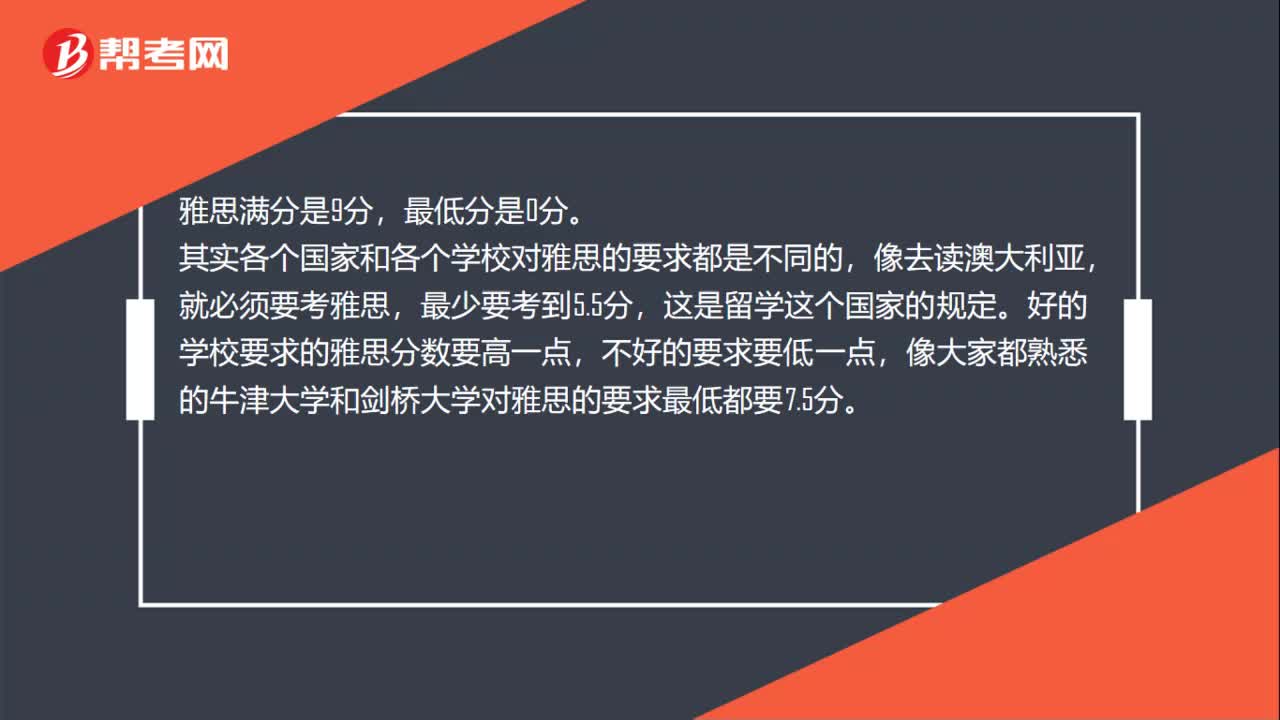 36
36雅思考试总分是多少?:雅思考试总分是多少?雅思满分是9分,最低分是0分。其实各个国家和各个学校对雅思的要求都是不同的,像去读澳大利亚,就必须要考雅思,最少要考到5.5分,这是留学这个国家的规定。好的学校要求的雅思分数要高一点,不好的要求要低一点,像大家都熟悉的牛津大学和剑桥大学对雅思的要求最低都要7.5分。
 21
21雅思考试有几种类型?:雅思考试有几种类型?雅思考试分学术类和培训类两种,分别针对申请留学的学生和计划在英语语言国家参加工作或移民的人士。考试分听、说、读、写四个部分,总分9分。
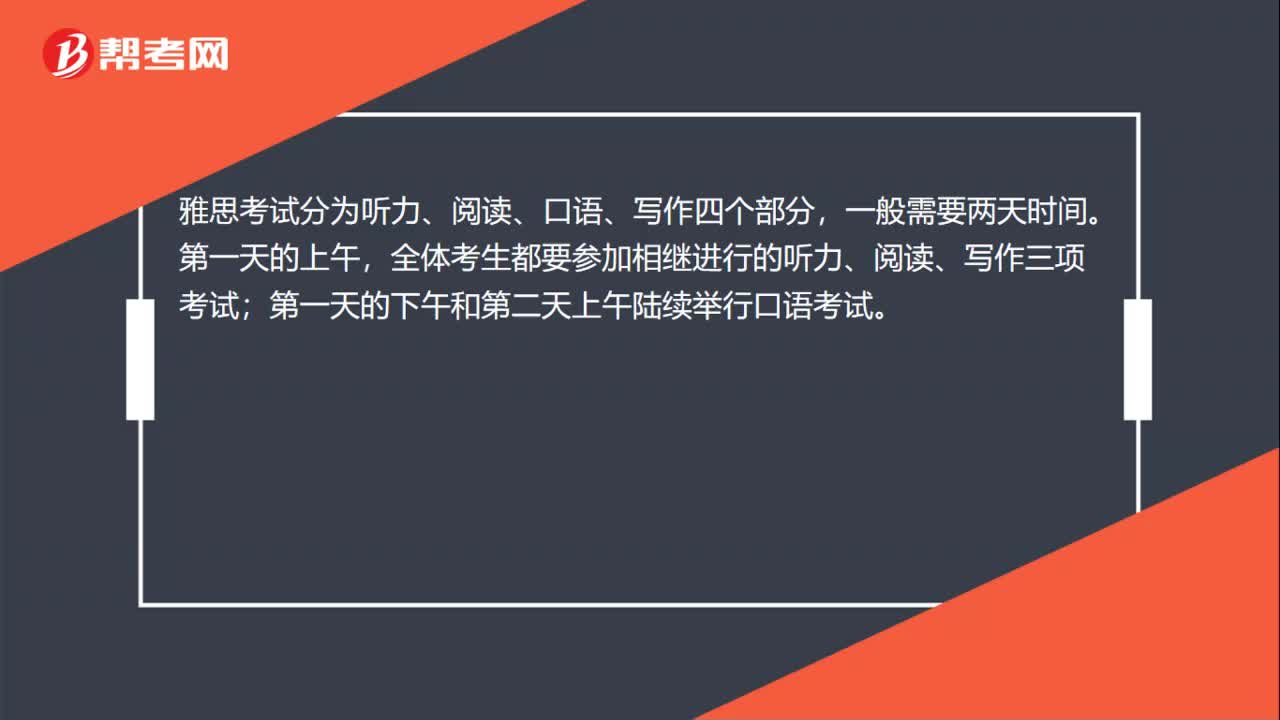 26
26雅思考试内容有哪些?:雅思考试内容有哪些?雅思考试分为听力、阅读、口语、写作四个部分,一般需要两天时间。第一天的上午,全体考生都要参加相继进行的听力、阅读、写作三项考试;第一天的下午和第二天上午陆续举行口语考试。
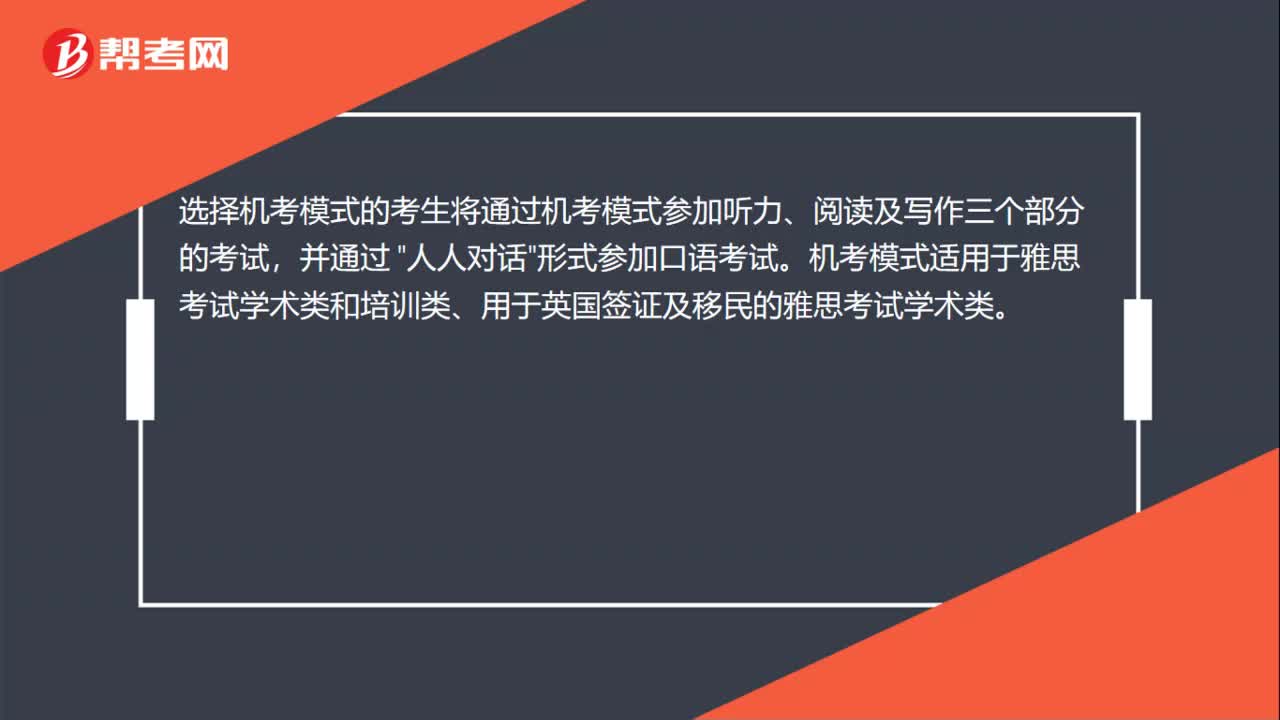 01:24
01:242020-06-01
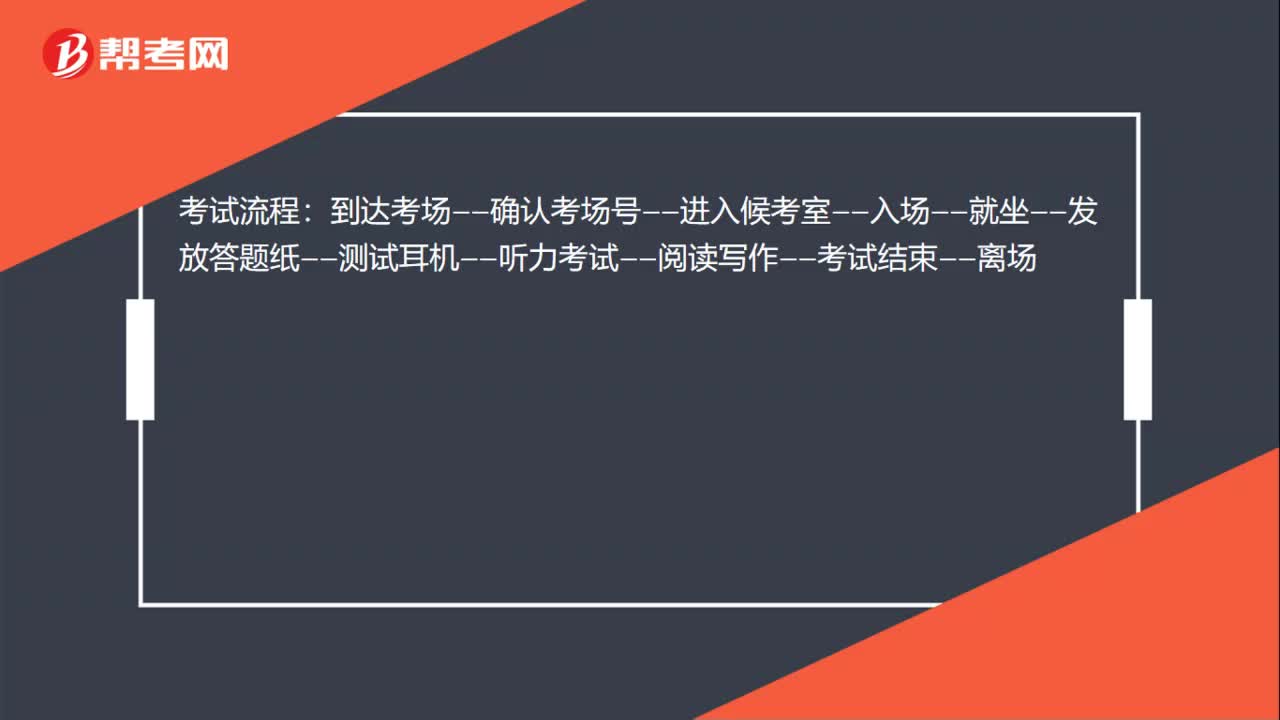 01:16
01:162020-06-01
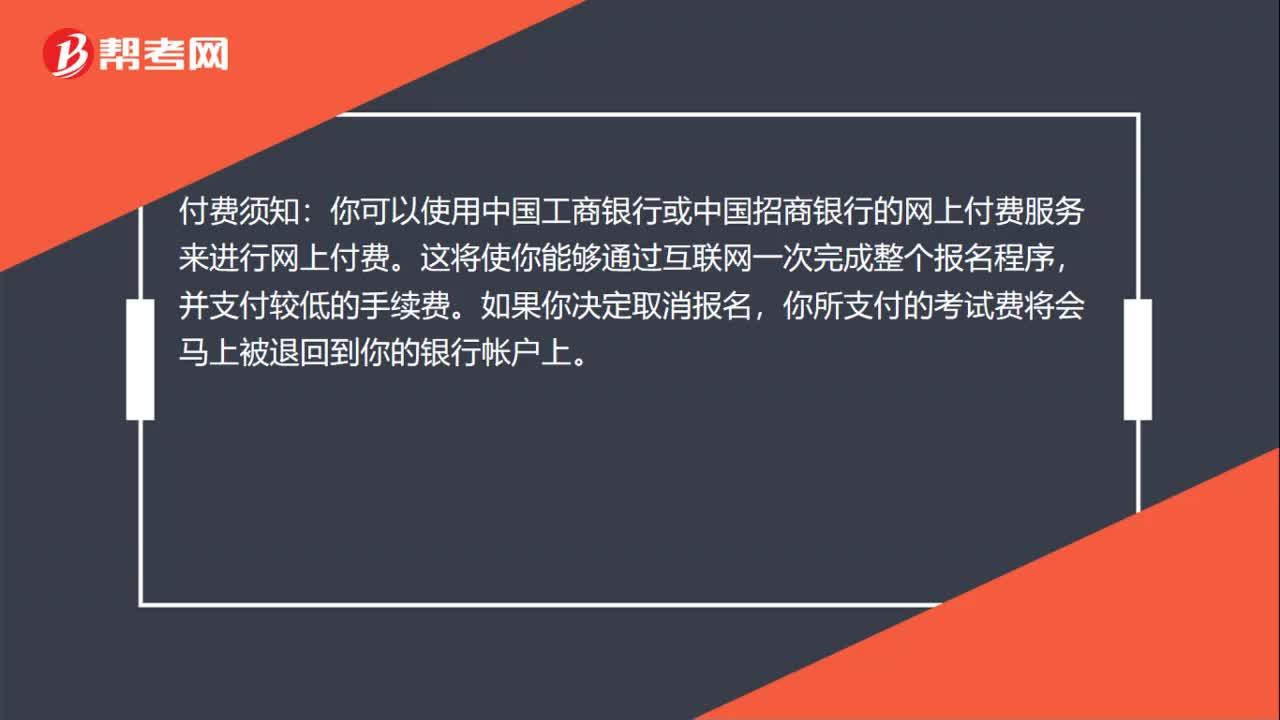 02:06
02:062020-06-01
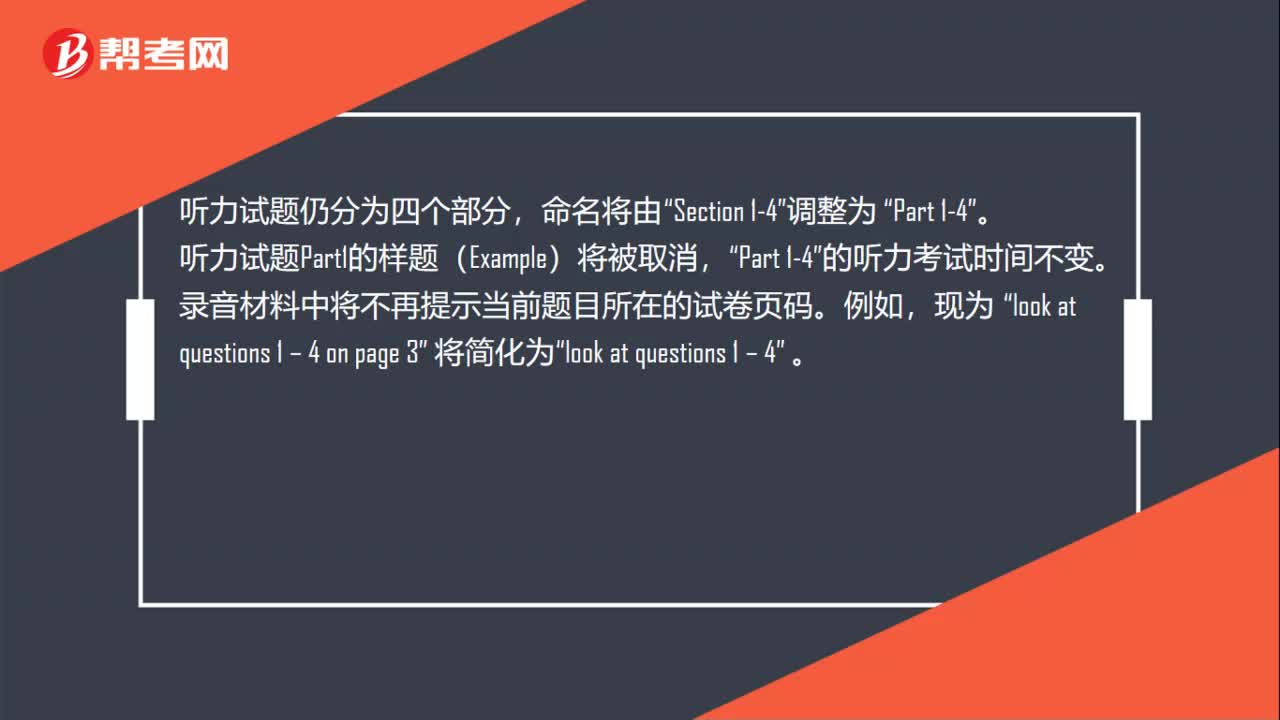 01:06
01:062020-06-01

微信扫码关注公众号
获取更多考试热门资料